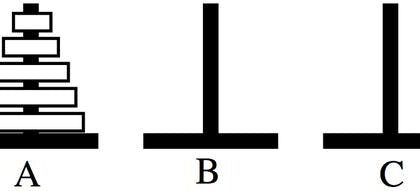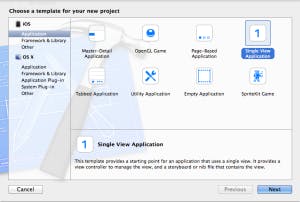Flatiron School Blog

Flatiron School
Making a Good Lookin’ CLI
The following is a guest post by Tiffany Peon and originally appeared on her blog. Tiffany is currently in the Ruby-003 class at The Flatiron School. You can follow her on Twitter here. Ever since starting at Flatiron my friends have been asking me on a regular basis whether or not I can “make cool stuff” yet. So […]

Flatiron School
Flatiron Day 14: ARC and UI Tricks
The following is a guest post by Dulio Denis and originally appeared on his blog. Dulio is currently in the iOS-000 class at The Flatiron School. You can follow him on Twitter here. Another geofencing Morning Assessment. This time I put in a button to switch between jumping in and out of the region I set-up so I wouldn’t […]

Flatiron School
Tracing Recursion Through the Towers of Hanoi Problem
The following is a guest post by Christopher Lee and originally appeared on his blog. Christopher is currently in the Ruby-003 class at The Flatiron School. You can follow him on Twitter here. During my second week of learning how to code at the Flatiron School, we were given the Towers of Hanoi problem to apply our new […]

Flatiron School
Creating Custom Map Annotations using MKAnnotation Protocol
The following is a guest post by Basar Akyelli and originally appeared on his blog. Basar is currently in the iOS-000 class at The Flatiron School. You can follow him on Twitter here. This week at Flatiron School, we learned how to create custom UIMapView annotations using the MKAnnotation protocol. Even though at first I found it to be […]
Flatiron School
Dynamic Dispatch 101
Metaprogramming is code that operates at the highest levels of abstraction so as to reduce total lines of hard coded processes and data.

Flatiron School
Hello World! Let’s talk about App Delegates
The following is a guest post by Dasmer Singh and originally appeared on his blog. Dasmer is currently in the iOS-000 class at The Flatiron School. You can follow him on Twitter here. For my first ever blog post, I think discussing App Delegates is extremely useful in iOS dev. The App Delegate is instrumental in every iOS […]

Flatiron School
Meditations
The following is a guest post by Michael Polycarpou and originally appeared on his blog. Michael is currently in the Ruby-003 class at The Flatiron School. You can follow him on Twitter here. Marcus Aurelius was a Roman Emperor from 161 to 180 AD. He is considered as the last of the five good emperors and is also […]
Browse by Category
- All Categories
- Admissions
- Alumni Stories
- Announcements
- Artificial Intelligence
- Career Advice
- Cybersecurity Engineering
- Dallas
- Data Science
- Denver Campus
- Diversity In Tech
- Enterprise
- Flatiron School
- Hackathon
- How To
- NYC Campus
- Online Campus
- Partnerships
- Software Engineering
- Staff / Coach Features
- Tech Trends
- Texas
- UX / UI Product Design
- Women In Tech
